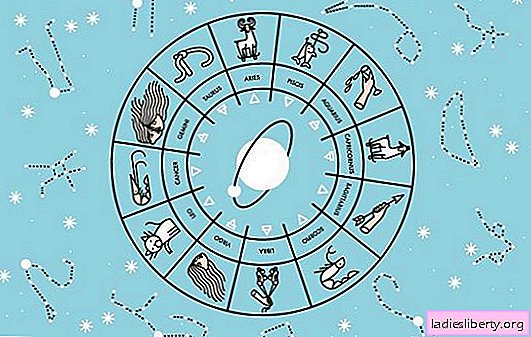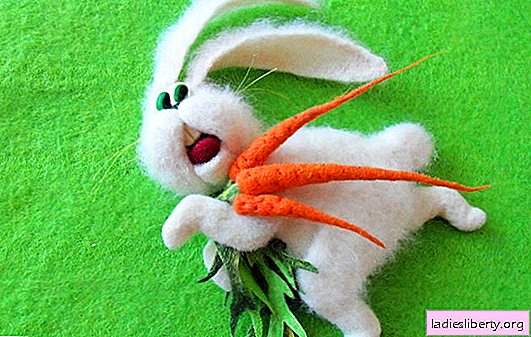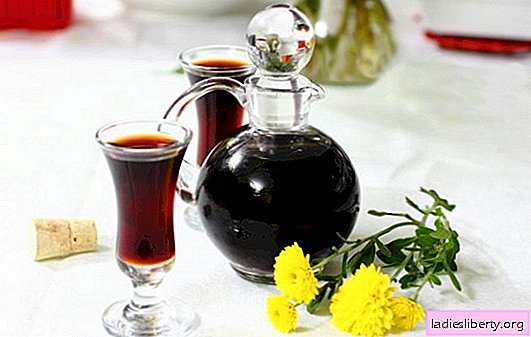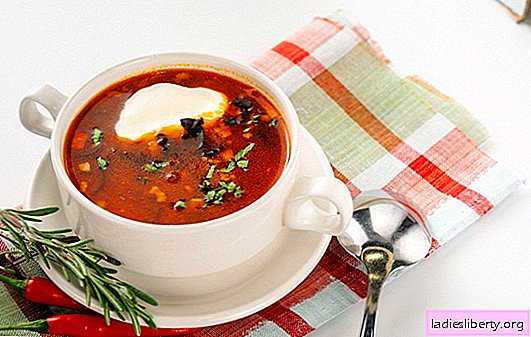
Pelargonium (Pelargonium) belongs to the geranium family. Another, more familiar name for this flower is geranium. You may be surprised, but South Africa is the birthplace of this lovely and so familiar to us all from childhood plants. That pelargonium, which we all know, appeared in Holland in the 16th century, and it came to Europe at the end of the 17th and the beginning of the 18th centuries. At first it was considered an exotic flower, but very soon, already in the XVIII century, it became incredibly popular.
As a result of a large subsequent breeding work on the breeding of numerous hybrids and varieties, this genus was supplemented with variegated and dwarf forms, as well as varieties having white, two-colored and double flowers. Today there are about 280 species of annual and perennial pelargoniums, having the appearance of herbaceous plants, subshrubs and shrubs.
Love for these flowers all over the world is explained by their unpretentiousness, ease of care and reproduction, and the ability to bloom for a long time with large colorful inflorescences. As we have said, varieties of pelargoniums are very numerous. They can belong to one of 6 groups: zonal (garden); Ivy (ampel); English large-flowered (royal or home); variegated; fragrant; succulent.
The last three groups are interesting, first of all, with their leaves; large geraniums can only be grown in a room; but the purpose of the zonal and ileum pelargonium, which can be propagated by seeds, is the decoration of the garden and balcony.
Pelargonium - growing and care
This flower loves warmth and light. The optimal mode for growing it at home will be at room temperature, in winter it feels best at temperatures from 8 ° C to 10 ° C.
With a lack of lighting, the plant reduces its flowering. However, the flower is well tolerated in direct sunlight in the open air, but in the conditions of indoor breeding it is better to shade from the hot midday sun. Also, pelargonium loves free space, so you need to make sure that it is not drowned by nearby plants.
Watering should be abundant, as the soil dries out, which cannot be re-moistened so as not to flood the root system. In winter, watering should be reduced. Spraying the plant is not necessary, it can damage the petals of flowers. In general, it is better not to add water when caring for it; it will cope with this more easily than with an excess of moisture.
Best of all, the flower grows in a nutrient soil mixture prepared from equal-sized parts of horticultural land, peat and sand. Be sure to take care of good drainage, should also be periodically loosening the soil in pots to ensure air access to the roots and prevent rotting of the roots.
When growing pelargonium of great importance is the size of the pot. It is selected in accordance with the size of the root system. But we must remember that it blooms best in small pots, then she and the flowers are more beautiful and brighter. Spacious pots contribute to the development of the bush and lower flowering intensity.
To enhance the branching and the formation of the bush and crown of the plant, a nip is made at which the growing point is removed. This must be done in February or March.
Flower gratefully responds to dressing. During the period of active growth, these should be mineral mixtures or liquid fertilizers; during flowering, fertilizers with a high content of phosphorus and potassium and less than nitrogen. Top dressing is done every week from late spring to early autumn.
Pelargonium - replanting and reproduction
Young plants require an annual transplant or at least a replacement of the upper layer of the earth. For transplanting take a small capacity, otherwise there will be a strong development of shoots, but the plant will not bloom. Replant it into a mixture of turf, leaf, humus earth (in two parts) and sand (one part).
Pelargonium can be grown from seed and cuttings. In the first case, there are plants that bloom more abundantly than those grown from cuttings. Sowing seeds produced in January-February, spreading them on wet ground and slightly covering the ground for seedlings. After sprinkling with a growth stimulator, the seed container is covered with glass or film and kept at a temperature of 20 to 24 degrees, periodically moistening. After the emergence of seedlings (after 1-2 weeks), the seedlings dive and grow at a temperature of 16 to 18 degrees in good light for about 6-8 weeks, after which they are transplanted into a permanent pot.
However, more often the flower is propagated by cuttings, this method is simpler and faster than the first. Rooting cuttings produced in February-March and July-August by cutting the apical shoot for rooting, having 2-3 leaves and a length of 5-7 cm. contain at a temperature of 20 to 22 degrees. Cover the cuttings is not necessary. Rooting in this way takes about a month.
Pelargonium - possible diseases and pests
If you make mistakes in the care of the plant, it will necessarily affect its appearance.
So, with a lack of moisture or its excess leaves turn yellow and fall off. If the edges of the leaves turn red - it means that the plant is freezing, it does not have enough heat, the leaves fall off - it means that it lacks light. When watering the soil on the leaves may appear watery soft pads.
Geranium can suffer from diseases such as blackleg, in which, due to a fungus infection, the stem base is blackened. This can happen due to overmoistening of the soil or its compaction, which impedes drainage. Prevention of this disease is the sterilization of the soil before planting and compliance with the irrigation regime.
Also, due to overmoistening of the soil, pelargonium can develop gray mold. On the leaves in this case there is a gray mold. In this case, the affected leaves should be removed and the plant treated with a systemic fungicide, watering should be reduced, and the room should be aired more often.
As you can see, the care of pelargonium is not difficult. Observing the simple rules of its breeding, you can get beautiful plants that will delight you not only with beautiful multi-colored flowers, but also with their beneficial properties, creating a positive and quiet aura indoors.
Comments











